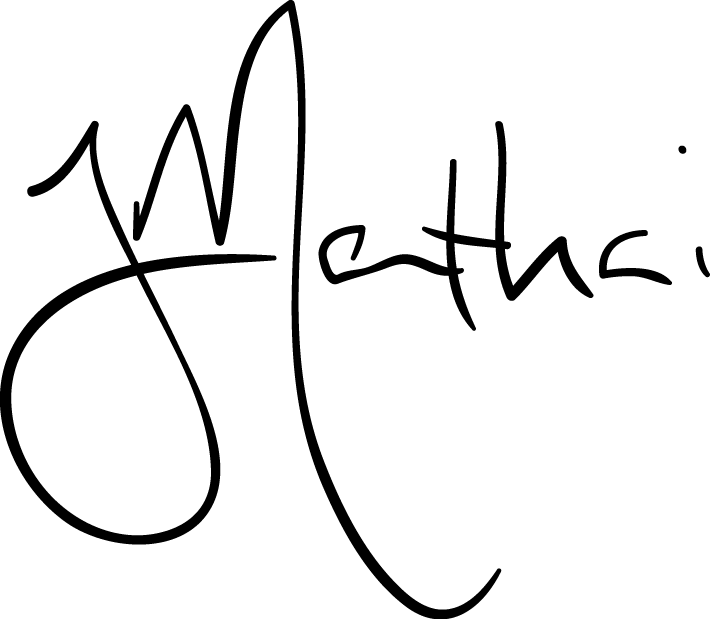Shamans, or Shamanic practitioners, live in a tumultuous present. The true nature and history of their beliefs, practices and abilities has been diluted by time and misrepresentation. In a course titled User Oriented Collaborative Design, I, as part of a team of four, worked with shamans for a full semester. Together, we ideated, codesigned and refined insights, product ideas and system mockups until we produced Holistic Health. Holistic Health is a health insurance company tailored towards alternative medicine providers. Below are images of our final deliverables - an interaction map, posters highlighting how the users' key needs were met and a brochure advertising varying levels of coverage.
Now, it may seem ironic that we’ve took shamanism to what some consider the height of corporate bureaucracy, but it is exactly that tension that will address the stated needs. Shamans will have the freedom and flexibility to practice their way with the added support and exposure of a well-trafficked insurance plan. Shamans such as Clarity - one of our personas - will sign up for Holistic Health insurance as alternative medicine practitioners. Patrons will join Holistic Health for the protection of a cost-effective spiritual safety net and will explore new forms of alternative medicine freely thanks to Holistic Health’s first time free policy for all provided services. These patrons who take advantage of this position of confidence will be exposed to shamanism, and on the other side, shamans will have the rare opportunity to engage with a new audience and lead a community. With the financial security and social standing that comes with having professional respect and a large audience, shamans will be free to devote their time to spreading the values of shamanism.
If you would like to learn more about the process, the button below is a full slide deck detailing all of our trials and tribulations; be wary - it is very tongue in cheek.





